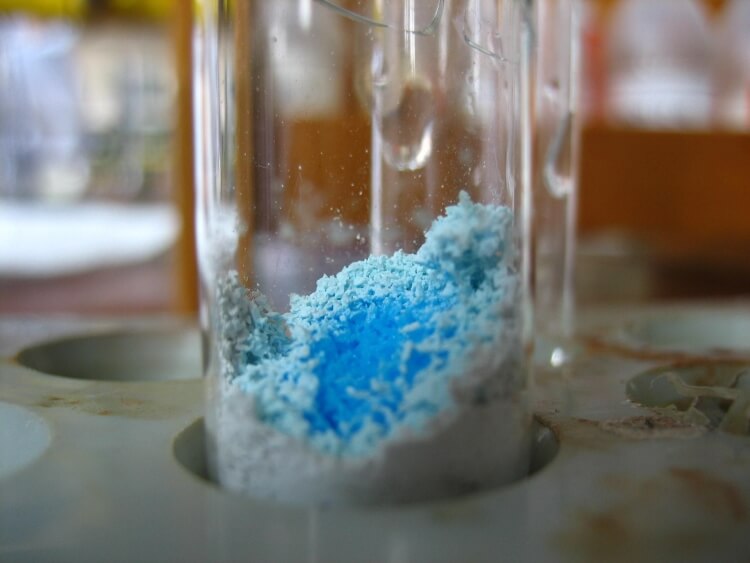2100
Estrogen Receptor-beta (Phospho-Ser105) Antibody
Estrogen Receptor-beta (Phospho-Ser105) Antibody
ESR2
Q92731
59 kDa
71-120
Rabbit
601663
H, M, R
Phospho
1 mg/ml
anticorps
Polyclonal
WB IF ELISA
Hs.525392/Hs.660607
H:S105 M:S105 R:S105
Stable at -20°C for at least 1 year.
ESR2; ESTRB; Estrogen receptor beta; NR3A2
Rabbit IgG in phosphate buffered saline (without Mg2+ and Ca2+), pH 7.4, 150mM NaCl, 0.02% sodium azide and 50% glycerol.
Estrogen Receptor-beta (Phospho-Ser105) Antibody detects endogenous levels of Estrogen Receptor-beta only when phosphorylated at Ser105.
The antiserum was produced against synthesized peptide derived from human Estrogen Receptor-beta around the phosphorylation site of Ser105.
If you buy Antibodies supplied by Assay Biotech they should be stored frozen at - 24°C for long term storage and for short term at + 5°C.
The antibody was purified from rabbit antiserum by affinity-chromatography using phospho peptide. The antibody against non-phospho peptide was removed by chromatography using corresponding non-phospho peptide.
The receptors are ligand binding factors of type 1, 2 or 3 and protein-molecules that receive chemical-signals from outside a cell. When such chemical-signals couple or bind to a receptor, they cause some form of cellular/tissue-response, e.g. a change in the electrical-activity of a cell. In this sense, am olfactory receptor is a protein-molecule that recognizes and responds to endogenous-chemical signals, chemokinesor cytokines e.g. an acetylcholine-receptor recognizes and responds to its endogenous-ligand, acetylcholine. However, sometimes in pharmacology, the term is also used to include other proteins that are drug-targets, such as enzymes, transporters and ion-channels.
